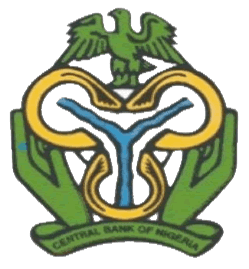Monetary Policy
MPC Mandate of the CBN | Fiscal Policy | Committees | Calendar of Meetings | Educational | FAQ's | Policy Decisions | Policy Communiques | Intl. Economic Cooperations | Monetary Policy Review | Policy Measures | Understanding Monetary Policy Series | Monetary, Credit, Foreign Trade and Exchange policy Guidelines | Monetary Policy Committee Reforms | AfCFTA
The Conduct of Monetary Policy
The Performance of Monetary Policy In 1998
The monetary policy measures adopted in 1998 were meant to consolidate
and build on the gains of maintaining macroeconomic stability achieved in the
previous year, through a further reduction in the rate of inflation, stimulation
of output growth and strengthening of the external sector position. These
policies were to be complimented by the Federal Government�s commitment to
further deregulate the economy.
The performance of monetary policy in 1998 was dismal, as the growth of domestic liquidity measured by the broad money stock (M2) accelerated compared with the preceding three years. Broad money increased by 21.2 per cent against the target level of 15.6 per cent for 1998. Similarly, M1 grew by 17.2 per cent against the target of 10.2 per cent. Although the CBN�s weekly interventions at the OMO and foreign exchange market helped moderate the effects of expansionary fiscal policies, the modest economic achievements between 1995 and 1997 were somehow eroded in 1998 as the inflation rate slipped back into a double digit level. The inflation rate rose from a single digit to 10.0 percent by the end of 1998.
The overall economic performance in 1998 was weaker than expected, as it eroded the gains of the two preceding years. In general, all sectors of the economy felt the impact of the fall in the international crude oil price, as Federal Government�s fiscal operations ended with a deficit.

 Flickr
Flickr Instagram
Instagram LinkedIn
LinkedIn